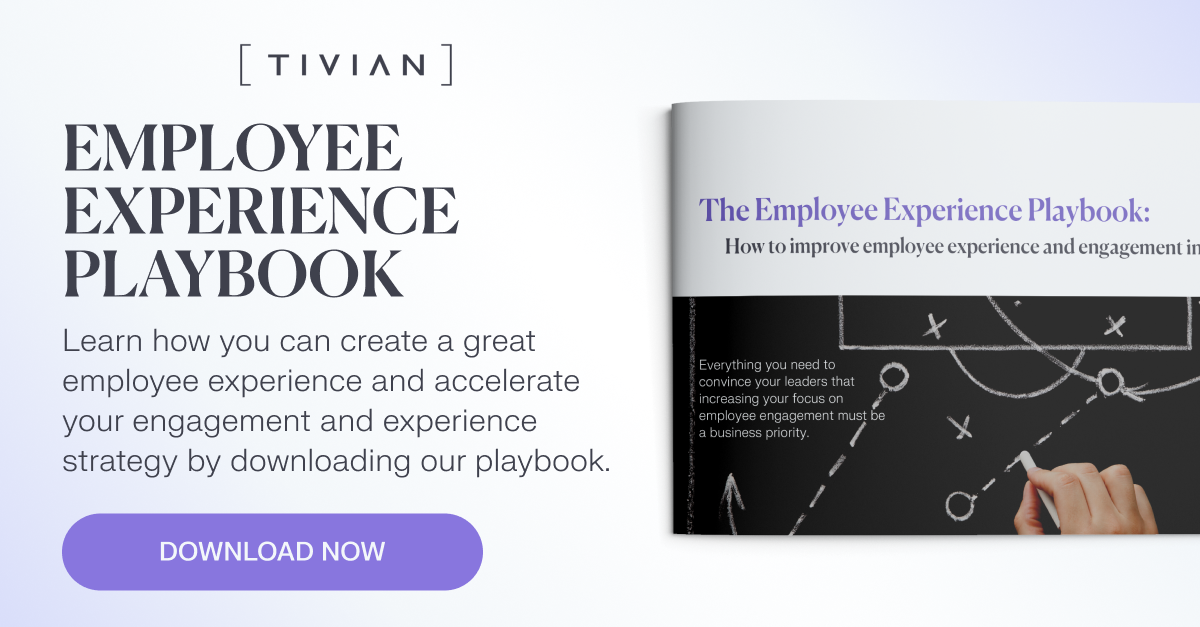Your business culture is one of your most important assets. It can help you to boost employee retention and morale and support your hiring success. Building a high-performance culture within your organization can also have a significant effect on your bottom line, creating a sustainable competitive advantage.
While the conversation around company culture can sometimes feel intangible, the value of getting your culture right is far from an abstract notion. Research from McKinsey found that organizations with strong cultures create a 3x return to shareholders compared to competitors.
However, in practice, driving cultural change can be challenging. In this article, we explore what a high-performance culture consists of, the key benefits and how to create a high-performance culture framework for your organization.
What is high-performance culture?
Definitions of high-performance culture vary, but most involve a combination of people management, visibility, clear targets and technological enablement that enables the organization to achieve superior results.
Gartner defines a high-performance workplace as “a physical or virtual environment designed to make workers as effective as possible in supporting business goals and providing value…[It] results from continually balancing investment in people, processes, physical environment, and technology to measurably enhance the ability of workers to learn, discover, innovate, team, and lead, and to achieve efficiency and financial benefit.”
The precise manner of implementing a high-performance cultural framework will depend on the needs, context, goals and structure of your organization. However, the goal of a framework is to create the necessary clarity, enablement and support to get the most out of your team.
Key pillars of a high-performance culture
To drive superior results, multiple factors must work together to create the right environment for sustained success and optimal performance. Let’s take a look at key pillars of a high-performance culture.
1. Clear, empathetic leadership
Business leaders are responsible for setting agendas and communicating goals that can impact employee performance in various ways. In high-performance cultures, expectations, roadmaps and responsibilities are clearly articulated at multiple levels of the organization. This creates the necessary clarity for employees to meet goals at the individual, team and organizational levels.
Your leaders should be aware of their teams’ needs to offer the right environment and support, while employees need to feel that their personal goals are considered, with an open feedback loop that enables every level of the business to plan, collaborate and execute effectively.
2. Empowering structures
Once goals are articulated, your teams need the right structures to make them happen. Efficient, intuitive structures provide clear routes for achieving goals, define individual and collective responsibilities and reduce process bottlenecks. As organizations grow and evolve, structures can become overly complex, creating unnecessary frustration and delays in performance.
From org charts to workflows and project management, structures require regular review to ensure they’re aligned with organizational goals and the evolving employee needs, including remote work or work-life balance concerns.
3. Shared values
Your company values are the uniting principles against which your teams measure and benchmark their performance. Clearly communicated values provide a simple way to determine the best course of action in an uncertain scenario, or when navigating crises.
Aligning on core values also sharpens decision-making and enables large-scale collaboration around shared goals, without different parts of the organization working at cross purposes.
4. Learning and development opportunities
Learning pathways for employees have a heavy influence on high-performance cultures. Offering your staff opportunities to develop is key for employee engagement, hiring and retention, as well as growing a sense of belonging, ownership and connection to the organization.
Encouraging employee development also helps the business evolve, making sure that the combined network of skills within the organization is fit for purpose. You need to understand your employees’ personal goals and career plans to implement a suitable development path.
The benefits of fostering a high-performance culture within your organization
Your business is only as strong as the combined efforts of its people. That’s why fostering a high-performance culture can impact every part of your organization. Key benefits include:
- Improved per-employee productivity due to efficiency and clarity of execution
- Increased profitability from tasks being managed and owned at the appropriate organizational level
- Better employee retention and engagement among employees
- Enhanced agility and ability to adapt to changes in the market
- Diverse idea generation from empowered, collaborative frameworks among teams
How to empower employees by creating a high-performance culture framework
While leadership is a key element in a company’s culture, creating a high-performance culture framework is a collaborative process. Any plan has to account for your organizational goals and the needs, aspirations and insights of your employees.
By using an employee engagement and experience platform, you can gather key employee feedback and insights on the issues that matter, at scale. For example, Tivian’s software is designed to help employers get closer to their staff and capture rich employee data that can be used to build a more effective, high-performance culture.
Summary
Creating a high-performance culture is a powerful way to engage employees, get the most out of your teams and gain a competitive edge. And the process starts with building a framework for success and developing an environment that addresses the real challenges your teams are facing and gives employees the support they need to thrive.
We’ve worked with numerous leading businesses to help them transform their company culture. If you’d like more advice on how to create a high-performance culture, get in touch with the Tivian team to discuss best practices and case studies from our network. Or learn about how our employee experience tools enable HR teams to generate more value from staff feedback.


